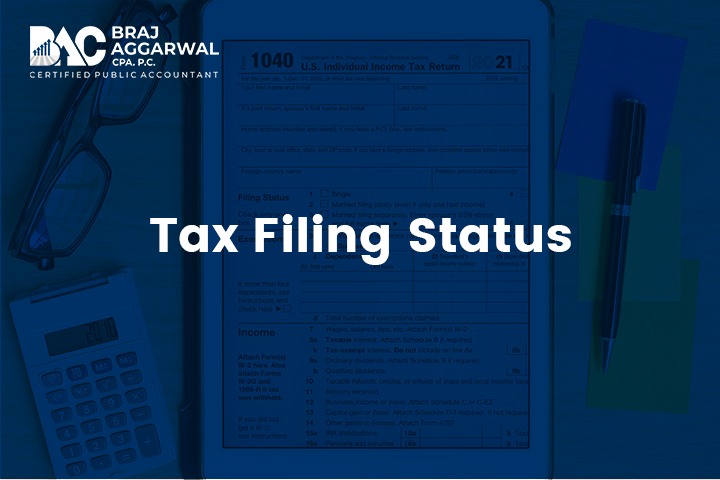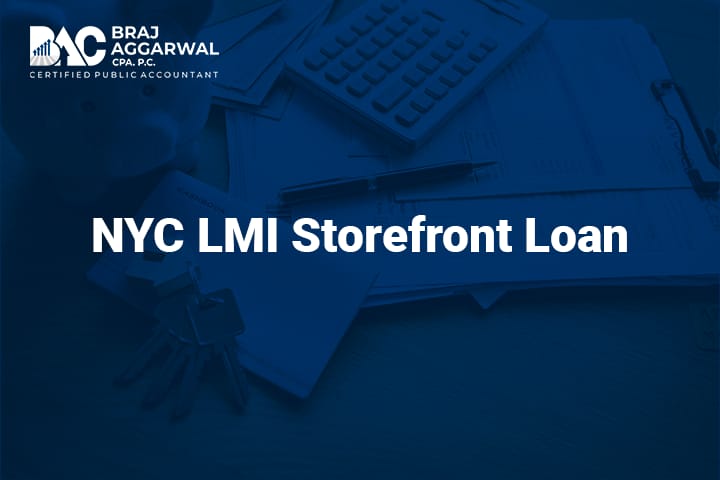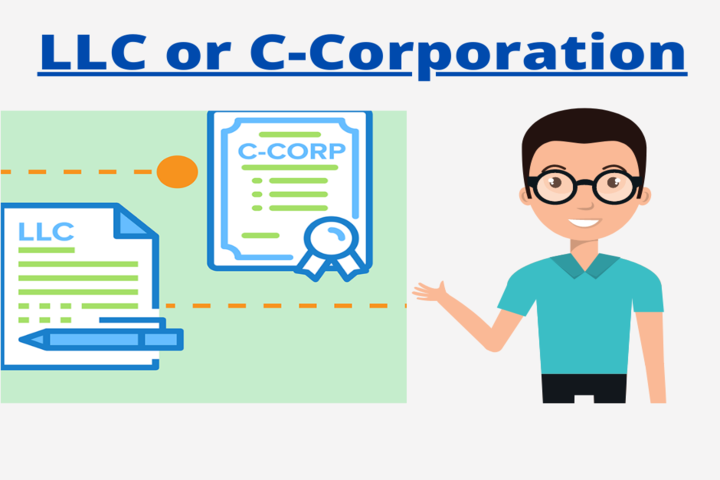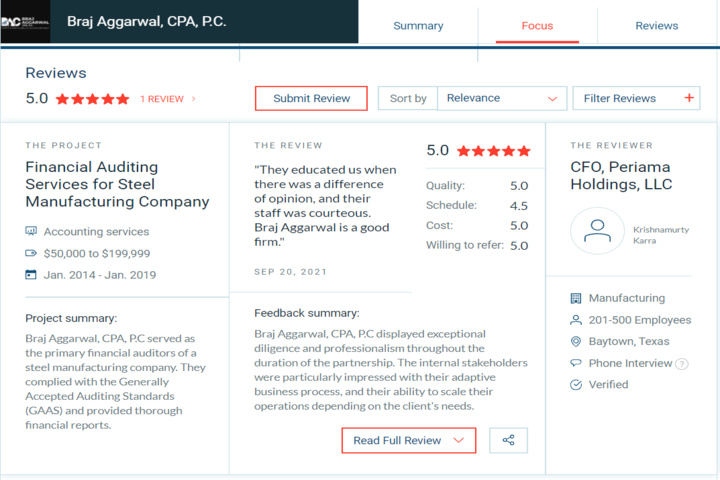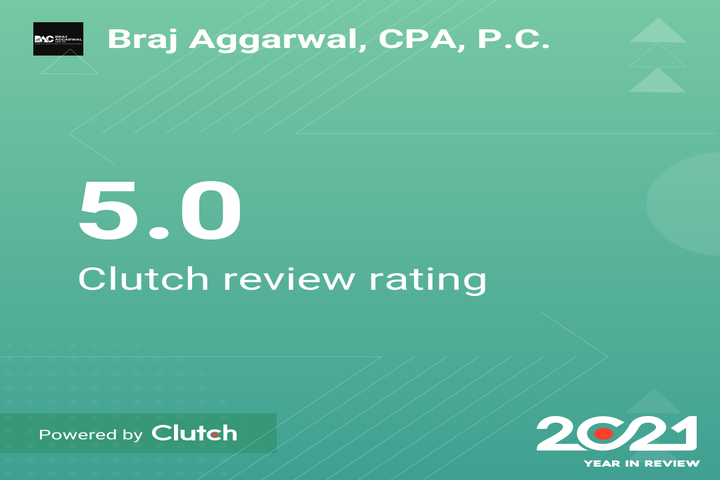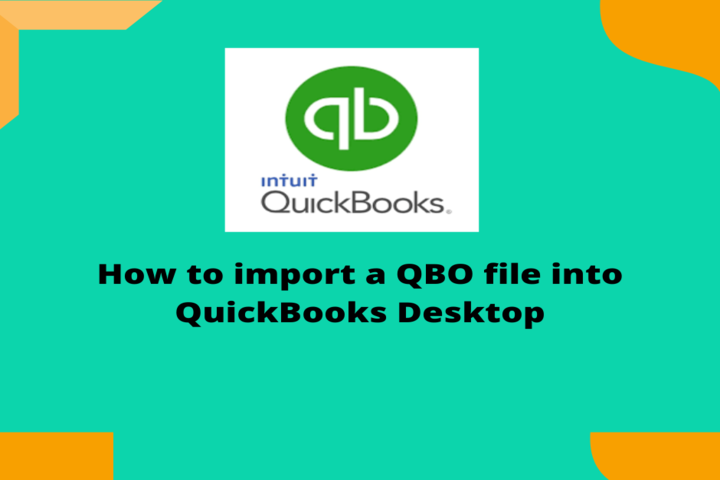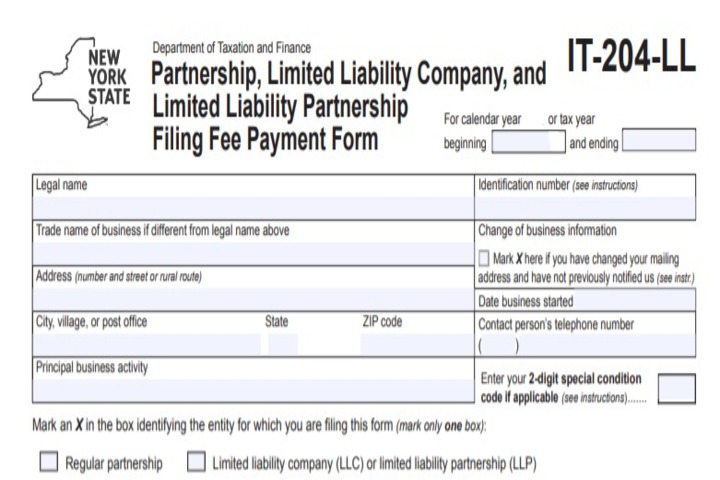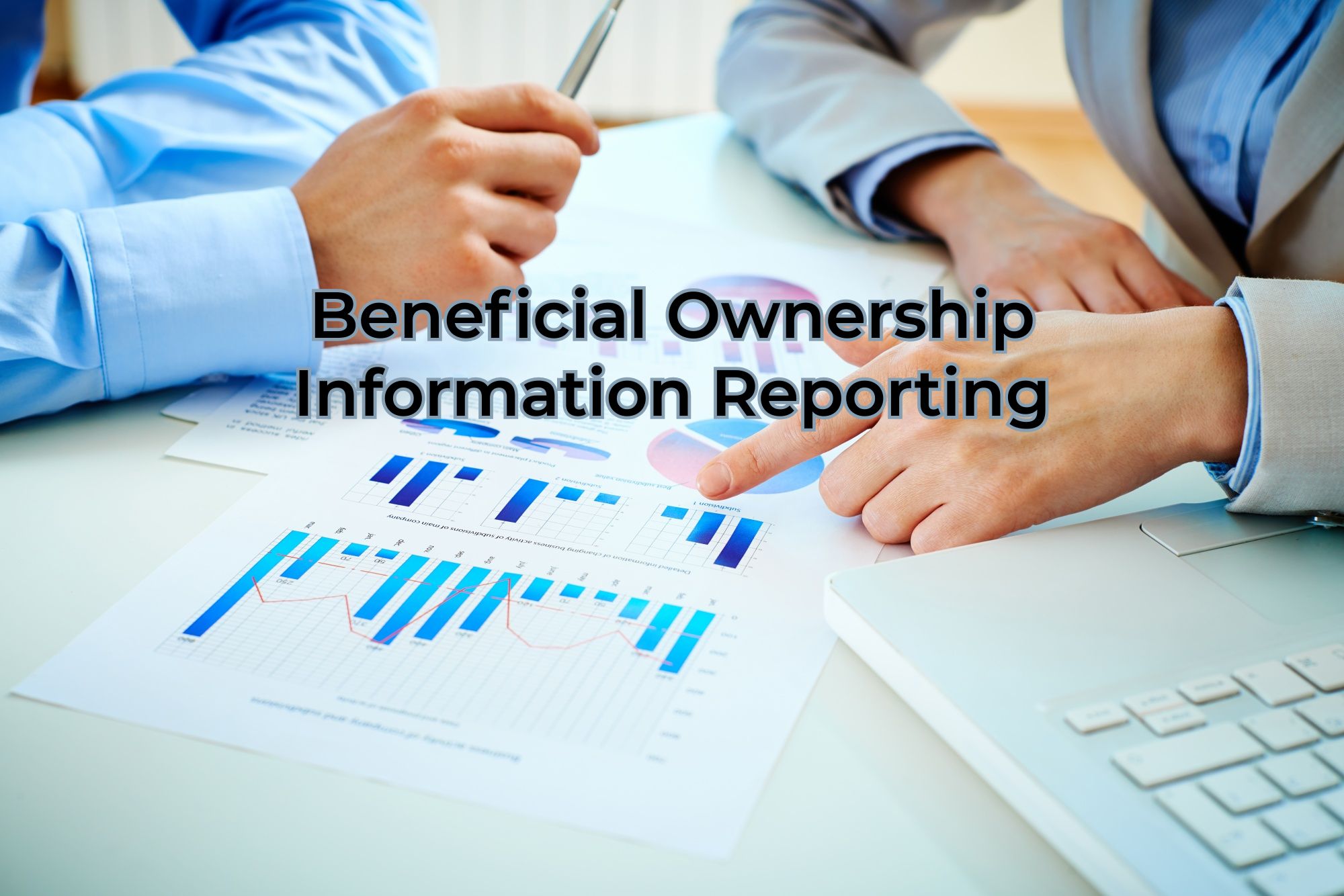Invoice Factoring - Accounting SOP
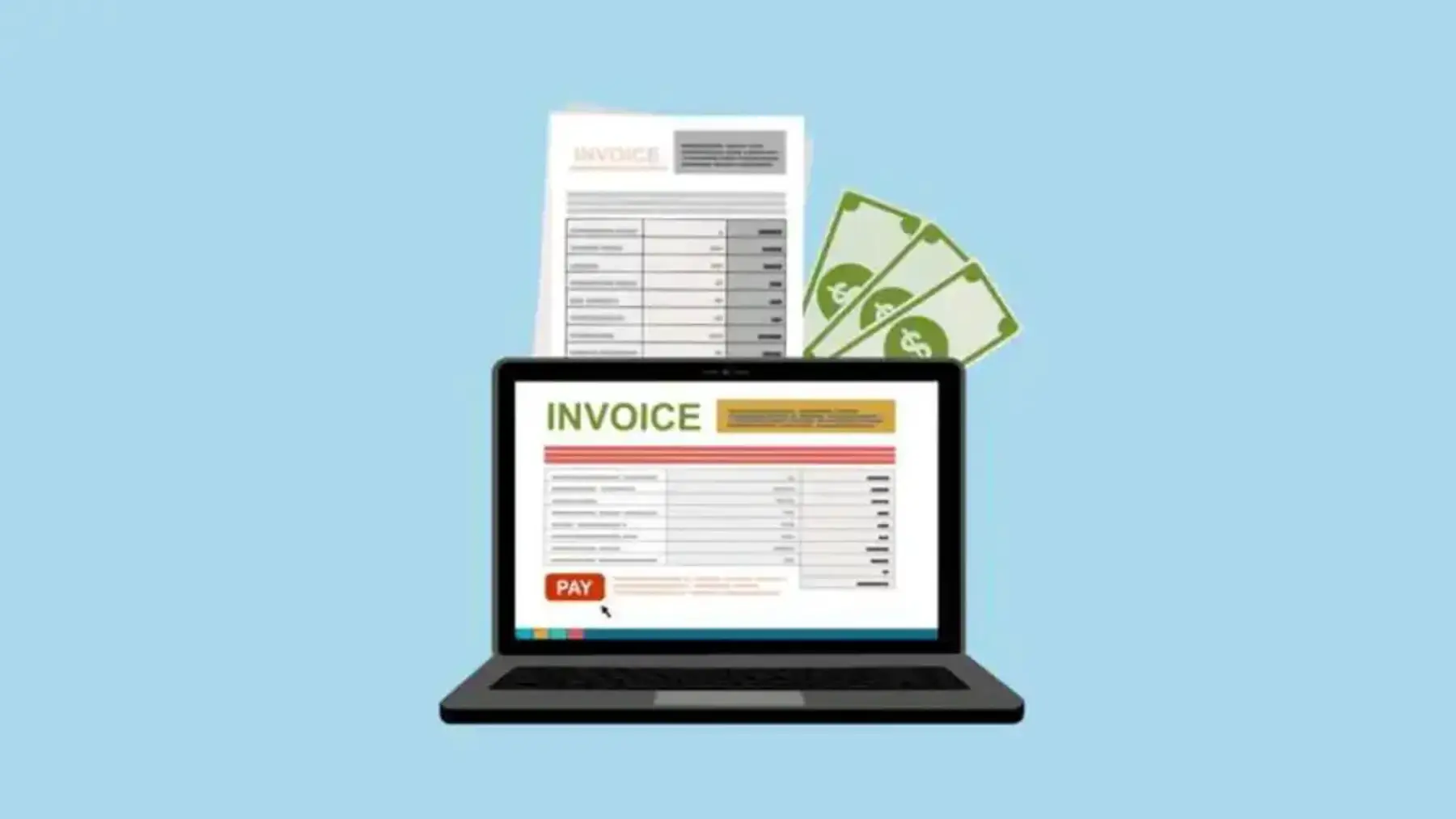
Managing factoring accounting can be intricate, requiring a comprehensive understanding of the process to establish a robust Standard Operating Procedure (SOP). Factoring involves organizations providing advances to businesses based on a percentage of the invoice value, leading to complexities in accounting that demand precise handling.
One common misconception is recording the advance as payment received from customers against the factored invoices. This is inaccurate. Then the customer remitting payment to the factoring company, which, in turn, releases the escrow after deducting the agreed fee. The bookkeeper then records this as another payment against the relevant invoice. This is again inaccurate.
To gain a clearer perspective on factoring accounting, let's consider the broader picture:
- Advances and escrow releases by factors are liabilities payable to the factor.
- Payments made by customers to the factor reduce the liability payable to the factor.
- Factoring fees and other expenses charged by the factor are expenses to the business and increase the liability payable to the factor.
- Chargebacks (when a customer pays less than the invoiced amount) are considered credit memos for the business.
Now, let's outline a systematic SOP for factoring accounting:
-
Create a specific liability ledger account for factoring (e.g., Factoring_A/c_
). Choose the appropriate account type based on accounting software requirements. Ensure it can be used as a "receive payment in" account. Consider using a Cash/Bank or Current Asset type if necessary. Using Account Receivable type as a subledger of Account Receivable ledger is also recommended if permitted by the software.
- Credit all receipts from the factor in the company's bank to the factoring account. If the factoring account is of Cash/Bank type, classify these receipts as a "transfer" to the actual bank account from the factoring account.
- Periodically review the factoring portal to identify customers' payments to the factor. Apply these payments as received against the respective invoices. Remember that the "Received in" account is the factoring account. For bulk payments, create a "receive payment" entry with the same amount, selecting the appropriate invoices and respective amounts.
- Post periodical Journals to record factoring fees/expenses (Debit - Expense, Credit - Liability) to accurately reflect the financial transactions. Handle chargebacks separately.
With these steps, the factoring account should reconcile with the information displayed in the factoring portal. Reconciliation addresses the primary challenge in factoring accounting, alongside managing Accounts Receivable (A/R) outstanding and chargebacks.
Additional considerations for effective factoring accounting:
- Review A/R outstanding per factor to align with the business' accounting books for factored customers. Resolve any discrepancies, especially those arising from invoice amount revisions.
- Frequently review chargebacks posted by the factor. Dispute unacceptable chargebacks immediately. If disputed, credit the chargeback amount to the A/R and debit it to a "disputed A/R" account (Current Asset), not the factoring account mentioned in Point 4. For acceptable chargebacks, create a credit memo against the invoice, crediting the A/R and debiting the relevant income or expense account.
By following this SOP and addressing key considerations, businesses can navigate the complexities of factoring accounting, ensuring accuracy and financial transparency.
Conclusion
Invoice factoring can be a valuable tool for businesses of all sizes. If you're looking for a way to improve your cash flow and reduce stress, factoring may be the right solution for you. Contact Braj Aggarwal, CPA, P.C. today to learn more about our invoice factoring accounting services.







